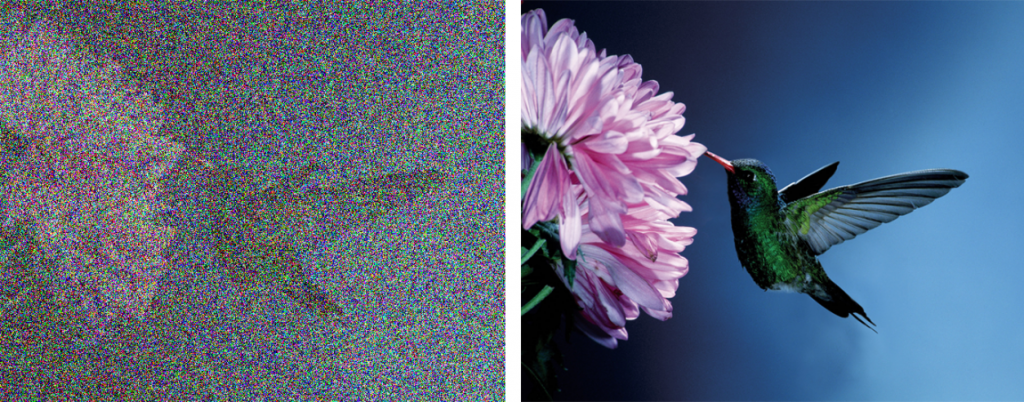This article was originally published at Basler's website. It is reprinted here with the permission of Basler.
High-sensitivity image processing cameras are essential for achieving a quality video image with low image noise even in poor lighting conditions.
High-sensitivity machine vision cameras can work in a variety of fields, including high-speed applications and security tasks during nighttime hours where the lighting is poor. The cameras are either outfitted with CCD or CMOS sensors.
What exactly are high-sensitivity cameras?
A golf ball hit onto the green, where the grass is kept short, is easy to see. If the ball lands on the fairway, where the grass grows somewhat longer, then it's still fairly visible. If it lands in the tall grass of the rough, though, it becomes hard to see or even find.

Carrying this analogy over to the world of image processing cameras and image data, the height of the grass corresponds to the 'noise' produced during the capture of light as images.
The higher the grass, the harder it is to see the ball; the stronger the noise, the tougher it is to decipher the real signal. Where there is little noise (in our analogy: the grass is mowed), then the object (ball) is easy to detect. If the camera delivers a 'noisier' image, then the object essentially disappears from view. The weaker the background signals, the simpler it is to find the ball.
The 'detection threshold', meaning the point after which the ball can no longer be detected in the grass, is by definition reached when the grass is as tall as the ball itself. Similarly, the object in the image data can still (barely) be differentiated from the noise signal if the noise is as large as the signal. The ratio of signal to noise is called the signal-to-noise ratio. At the detection threshold described above it totals 1. The higher the signal-to-noise ratio, the better the object can be detected.

Each signal created on the camera's sensor by an object reflects how much light strikes the pixels of the camera. In low light, this signal is very weak. The electronics within the camera are engineered to boost even a weak signal, allowing it to be effectively digitized and transmitted. There's only one catch: Alongside the desired signal, any disruptive noise from the camera is also magnified in the process. The Signal-to-Noise Ratio (SNR) is not altered by the boosting.
This is especially critical for high-sensitivity machine vision cameras, as they work with strong signal amplification. To achieve good resolution even when an image is strongly amplified, the SNR on these cameras must be engineered to be as high as possible. For this reason good camera design works to keep the noise as low as possible. A camera with strong base signal noise performance provides a good signal-to-noise ratio, which in turn makes the objects easier to identify.
One crucial factor in establishing a high signal-to-noise ratio is the ability of a sensor to convert the light as efficiently as possible into electrical signals. The Quantum Efficiency (QE) describes how many electrons are created from how many photons. Modern sensors for example can create 60 electrons from 100 photons. That corresponds to a QE of 60%. Due to continuous improvements in sensor technology higher QE’s of 70% will be possible.
Have questions about our high-sensitivity image processing cameras?
We'd be glad to help you determine which camera would work for your application.


